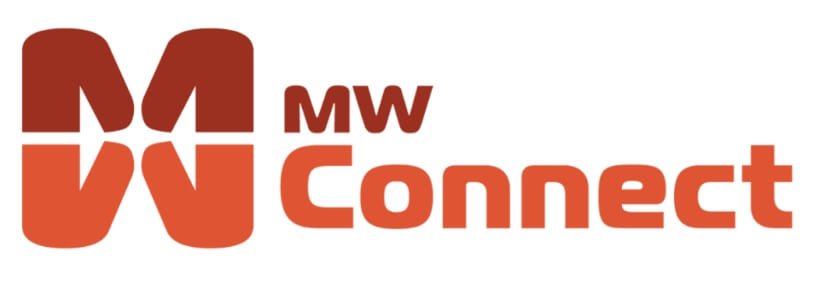How mwConnect’s Smart Building Demo Slashed Energy Use by 69%
A groundbreaking Sacramento case study by wireless controls innovator mwConnect reveals how integrated HVAC-lighting systems are redefining commercial energy efficiency. By retrofitting its 25,000 sq.ft headquarters with Bluetooth mesh networks and smart sensors, the company achieved a 69% lighting energy reduction while creating a blueprint for scalable building upgrades.
Project Breakdown: From Fluorescent Chaos to Smart Synergy
Before:
- Mixed lighting: Fluorescent, LED, CFL + standalone occupancy sensors
- Disjointed HVAC: Hardwired thermostats with fixed setpoints
- Daily energy drain: 8,280W baseline lighting load
After:
✅ Lighting Revolution:
- 88 fixtures upgraded with DALI D4i wireless controllers
- Dual protocols: TruBlu Bluetooth (44 fixtures) + Casambi (44 fixtures)
- Human-centric features: Circadian lighting in windowless zones (2400K-6000K tuning)
✅ HVAC Intelligence:
- Wireless mesh thermostats linked to occupancy data
- “Cascade” programming: 15% wider comfort bands during non-peak hours
- 45kWh daily savings through sensor-informed adjustments
The Money Metrics:
- **39,500∗∗totalprojectcost(1.58/sq.ft)
- 69% lighting energy drop: 8,280W → 2,588W
- $1,646/year saved + 8.3-ton CO₂ reduction
- ROI: <7 years (excluding HVAC maintenance savings)
Protocol Wars: Bluetooth vs. Casambi in Action
- TruBlu Bluetooth Network:
- 44 fixtures in offices/open areas
- Kinetic switches (no batteries/wiring) + 60% savings via 70% output cap
- Breakroom scene control: 4-zone daylight/occupancy combos
- Casambi Network:
- Conference room circadian automation (6 AM-8 PM)
- Dual-channel tuning in engineering labs
- 50W 2×4 LED retrofits with WCM-200 controllers
5 Game-Changing Lessons for Integrators:
- Luminaire-Level Control Pays: 93 wireless devices enabled granular adjustments
- Occupancy Data is King: HVAC setpoint optimization drove 23% of total savings
- Midday Tuning Matters: High-end trim to 70% output prevented overlighting
- Wireless ≠ Complex: 17 kinetic switches cut installation time by 40%
- Interoperability Wins: Mixed-protocol systems accommodated diverse space needs
Industry Impact:
Post-implementation data shows the site now operates at 35% below California’s Title 24 standards. “This proves networked controls aren’t just for Fortune 500 campuses,” notes mwConnect CTO Dr. Lisa Yang. “Main Street businesses can replicate this model at under $2/sq.ft.
The full mwConnect case study can be found here.

